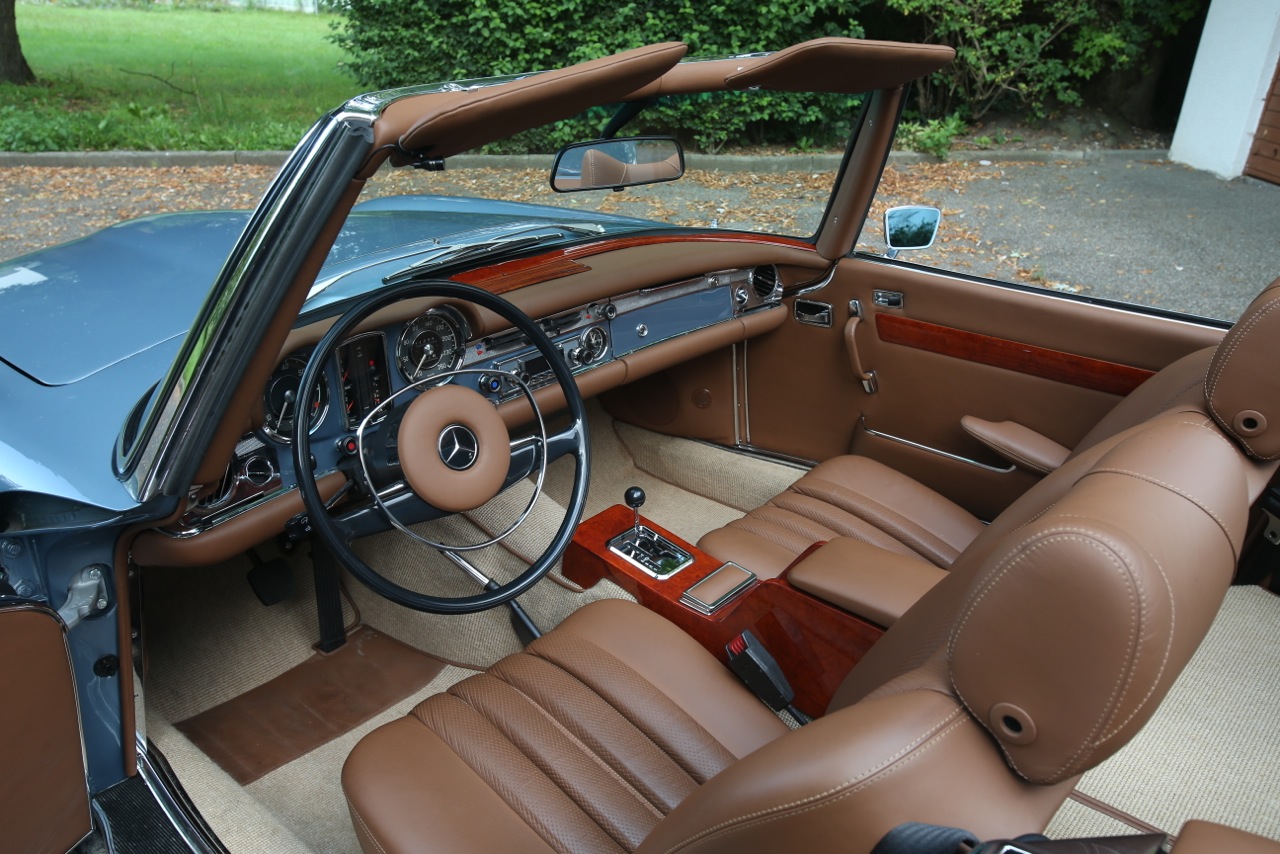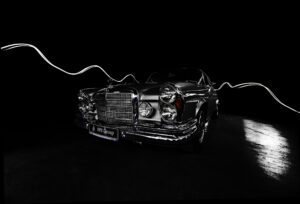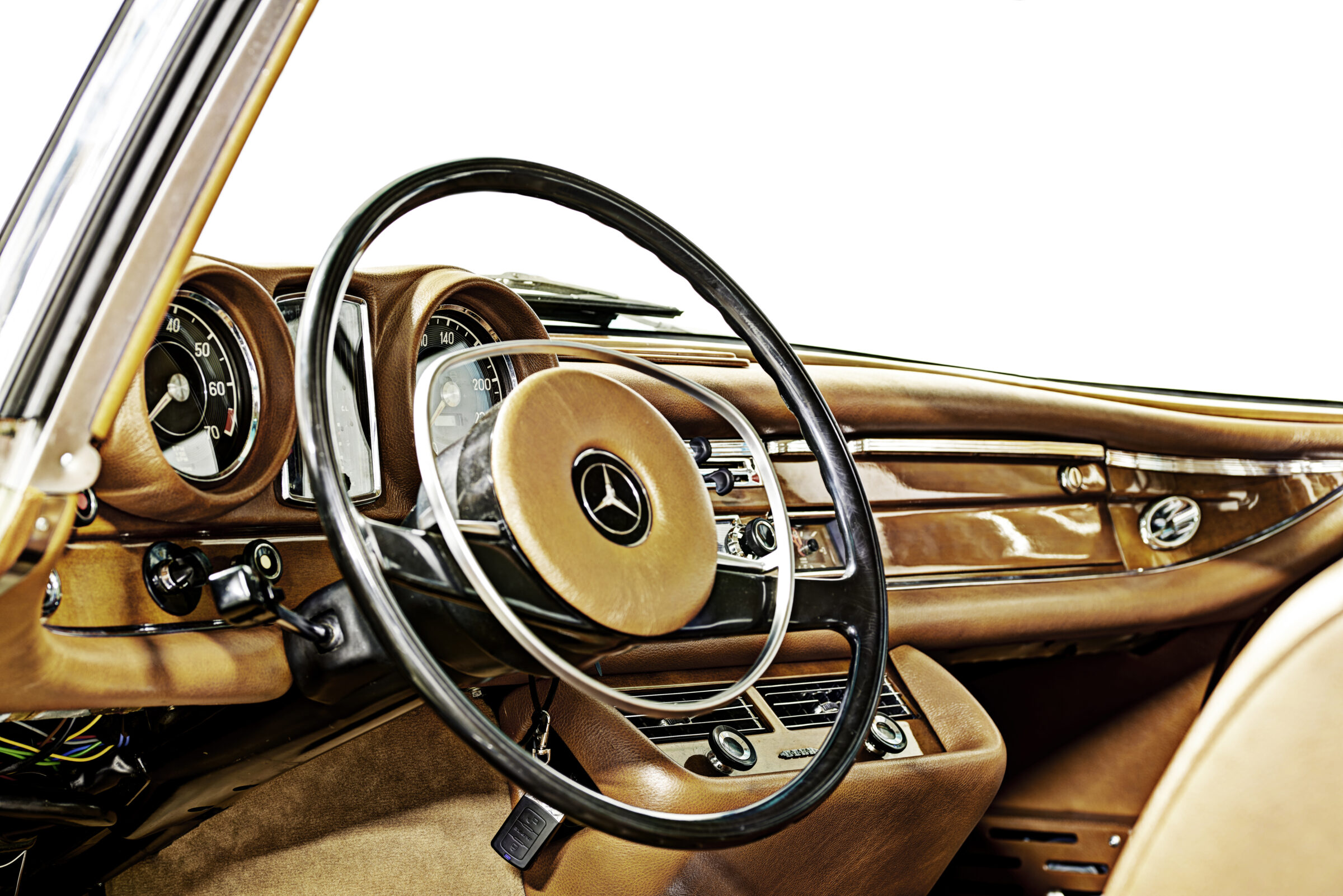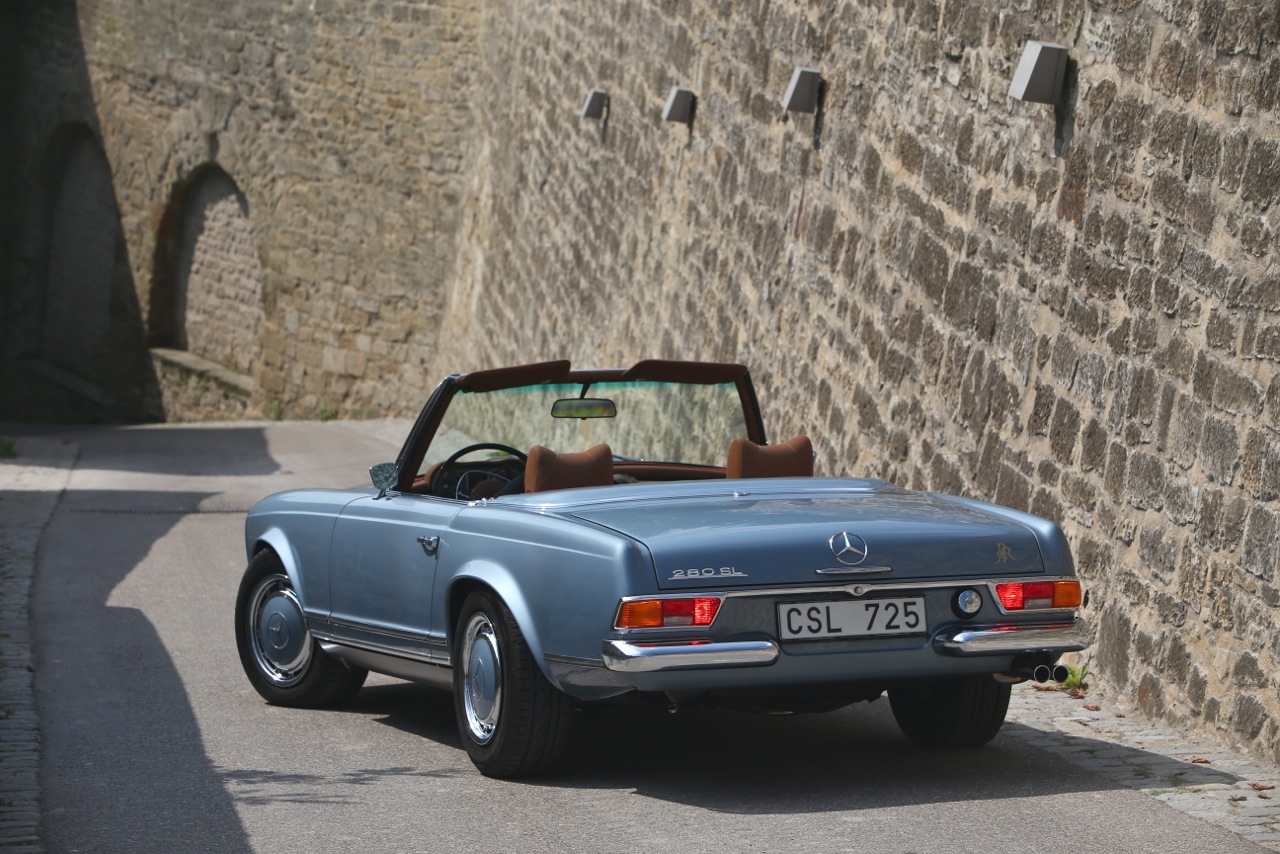Fahrvergnügen in seiner schönsten Form –

Der Mercedes SL, Typ W113, auch “Pagode” genannt, ist der Nachfolger des 190SL’s.
RPR-Motors bietet mit innovativen Lösungen die Möglichkeit, diesen Luxus mit ungeahnter Sportlichkeit in Verbindung mit modernen Sicherheitsfunktionen zu kombinieren.
RPR Motors bietet Ihnen mit unserem technischen Upgrade Ihres Fahrzeuges die Möglichkeit, die Alltagstauglichkeit, den Sicherheitsaspekt und nicht zuletzt den Fahrspaß wieder herzustellen.
Schnell lernen Sie die perfekte Symbiose zwischen klassischem, stilvollem Auftritt und der Zuverlässigkeit und Sportlichkeit moderner Technik schätzen.

Erleben Sie als Individualist auch Ihren individuellen Mercedes. Fahrspaß pur, mit Lust & Leidenschaft, dafür stehen wir bei RPR-Motors!
moderner, kraftvoller Mercedes AMG Motor bis 5.5ltr. Hubraum. Edelstahlauspuffanlage mit Katalysator. Komfortables & zuverlässiges 5-Gang Automatikgetriebe mit Tipptronik. Große, Innenbelüftete Bremsscheiben mit ABS. Sowie eine Raumlenkerachse in Verbindung mit einem elektrischem Luftfederfahrwerk kombinieren Fahrkomfort & Sicherheit. Und das alles mit TÜV. Diese Kombination macht den RPR Motors Restomod zu einem Unikat.



Seit 2012 implementieren wir , von außen meist unsichtbar, moderne Mercedes Technik in ausgewählte Klassiker. Angefangen vom Alltagstauglichen V6 bzw. V8 Motor über das zuverlässige und komfortable 5-Gang Automatikgetriebe. Dazu haben wir ein einzigartiges Konzept mit der moderne Raumlenkerachse in Verbindung mit der Luftfederung entwickelt. Für Ihre Sicherheit & den ultimativen Fahrspaß.
Sie haben bereits ein passendes Basisfahrzeug oder sind noch auf der Suche? Sprechen Sie uns an.